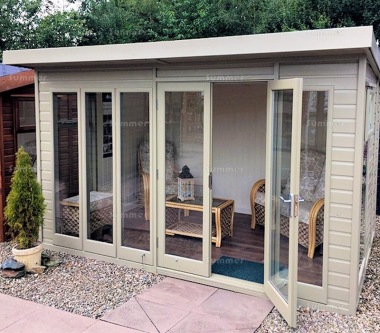All Categories
Featured
Table of Contents
The Surprising Benefits Of Double Glazing In The Summer ... in Ballajura Western Australia
Glazing merely indicates the windows in your house, including both openable and fixed windows, in addition to doors with glass and skylights. Glazing actually simply suggests the glass part, but it is typically utilized to describe all aspects of an assembly including glass, films, frames and furnishings. Taking notice of all of these aspects will assist you to attain efficient passive design.

Energy-efficient glazing makes your house more comfortable and dramatically decreases your energy expenses. However, unsuitable or improperly created glazing can be a major source of undesirable heat gain in summer season and substantial heat loss and condensation in winter season. As much as 87% of a house's heating energy can be acquired and as much as 40% lost through windows.
Which Double Glazed Windows Are Best For Summer? in Mount Pleasant Perth
Glazing is a substantial investment in the quality of your house. The expense of glazing and the cost of heating and cooling your home are closely associated. An initial financial investment in energy-efficient windows, skylights and doors can considerably decrease your annual heating and cooling costs. Energy-efficient glazing also minimizes the peak heating and cooling load, which can minimize the needed size of an air-conditioning system by 30%, causing more cost savings.

This tool compares window selections to a base level aluminium window with 3mm clear glass. Understanding some of the essential homes of glass will help you to select the finest glazing for your house. Secret residential or commercial properties of glass Source: Adjusted from the Australian Window Association The quantity of light that goes through the glazing is understood as visible light transmittance (VLT) or visible transmittance (VT).
Why Install Stunning Double Glazing Windows During Summer? in Rivervale Perth
The U value for windows (expressed as Uw), describes the conduction of the whole window (glass and frame together). The lower the U worth, the greater a window's resistance to heat circulation and the much better its insulating worth.
For example, if your home has 70m2 of glazing with aluminium frames and clear glass with a U value of 6. 2W/m2 C, on a winter's night when it is 15C colder outside compared to inside your home, the heat loss through the windows would be: 6. 2 15 70 = 6510W That is comparable to the overall heat output of a large space gas heating system or a 6.
Double Glazed Windows Brisbane in Lesmurdie Western Australia

If you select a window with half the U worth (3. 1W/m2 C) (for example, double glazing with an argon-filled space and less-conductive frames), you can halve the heat loss: 3. 1 15 70 = 3255W The solar heat gain coefficient (SHGC) for windows (expressed as SHGCw) measures how readily heat from direct sunlight flows through a whole window (glass and frame together).
The lower a window's SHGC, the less solar heat it transfers to the home interior. Glazing manufacturers declare an SHGC for each window type and design. The actual SHGC for windows is impacted by the angle that solar radiation strikes the glass. This is referred to as the angle of incidence.
Double Glazing Vs Triple Glazing: Which Should You Choose in Ashfield Perth
When the sun is perpendicular (at 90) to the glass, it has an angle of incidence of 0 and the window will experience the optimum possible solar heat gain. The SHGC declared by glazing producers is always determined as having a 0 angle of incidence. As the angle increases, more solar radiation is reflected, and less is sent.
Table of Contents
Latest Posts
Blown Double Glazing & What To Do About It in Mundijong Western Australia
What Are The Advantages Of Double Glazed Windows? in Queens Park WA
Double Glazing Versus Secondary Glazing in Marmion Western Australia
More
Latest Posts
Blown Double Glazing & What To Do About It in Mundijong Western Australia
What Are The Advantages Of Double Glazed Windows? in Queens Park WA
Double Glazing Versus Secondary Glazing in Marmion Western Australia